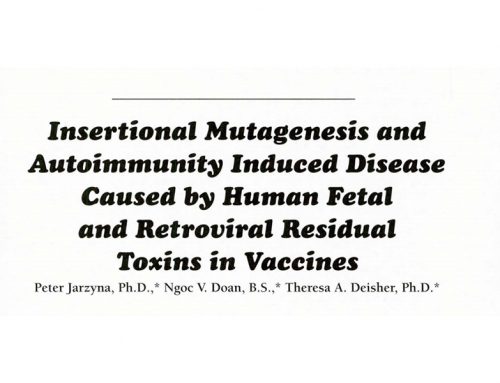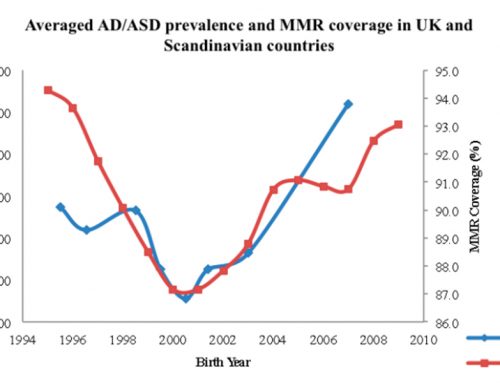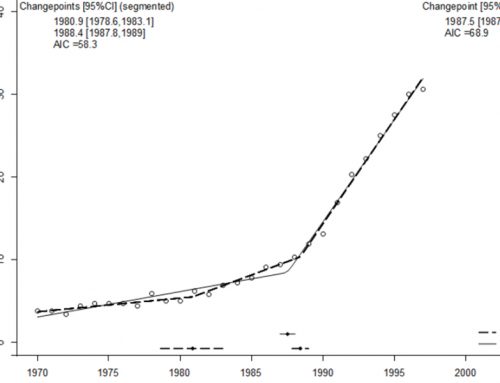Impact of environmental factors on the prevalence of autistic disorder after 1979 (Journal of Public Health and Epidemiology)
Summary
The aim of this study was to investigate a previously overlooked, universally introduced environmental factor, fetal and retroviral contaminants in childhood vaccines, absent prior to change points (CPs) in autistic disorder (AD) prevalence with subsequent dose-effect evidence and known pathologic mechanisms of action. Worldwide population based cohort study was used for the design of this study. The United States, Western Australia, United Kingdom and Denmark settings were used. All live born infants who later developed autistic disorder delivered after 1 January 1970, whose redacted vaccination and autistic disorder diagnosis information is publicly available in databases maintained by the US Federal Government, Western Australia, UK, and Denmark. The live births, grouped by father’s age, were from the US and Australia. The children vaccinated with MMRII, Varicella and Hepatitis A vaccines varied from 19 to 35 months of age at the time of vaccination. Autistic disorder birth year change points were identified as 1980.9, 1988.4 and 1996 for the US, 1987 for UK, 1990.4 for Western Australia, and 1987.5 for Denmark. Change points in these countries corresponded to introduction of or increased doses of human fetal cell line-manufactured vaccines, while no relationship was found between paternal age or Diagnostic and Statistical Manual (DSM) revisions and autistic disorder diagnosis. Further, linear regression revealed that Varicella and Hepatitis A immunization coverage was significantly correlated to autistic disorder cases. R software was used to calculate change points. Autistic disorder change points years are coincident with introduction of vaccines manufactured using human fetal cell lines, containing fetal and retroviral contaminants, into childhood vaccine regimens. This pattern was repeated in the US, UK, Western Australia and Denmark. Thus, rising autistic disorder prevalence is directly related to vaccines manufactured utilizing human fetal cells. Increased paternal age and DSM revisions were not related to rising autistic disorder prevalence.



